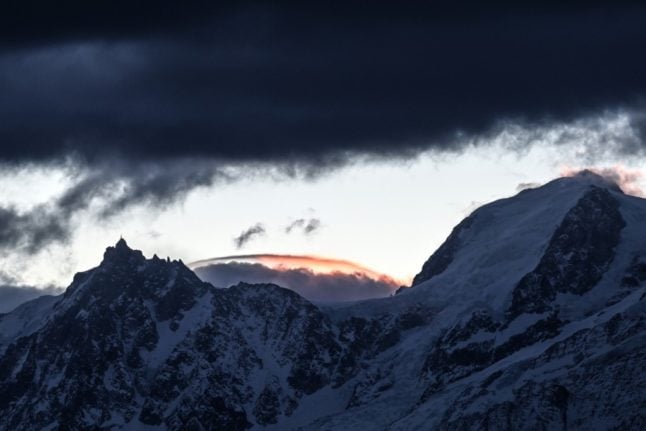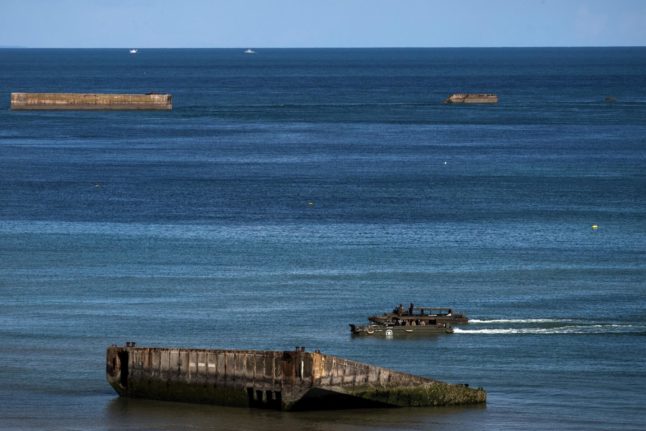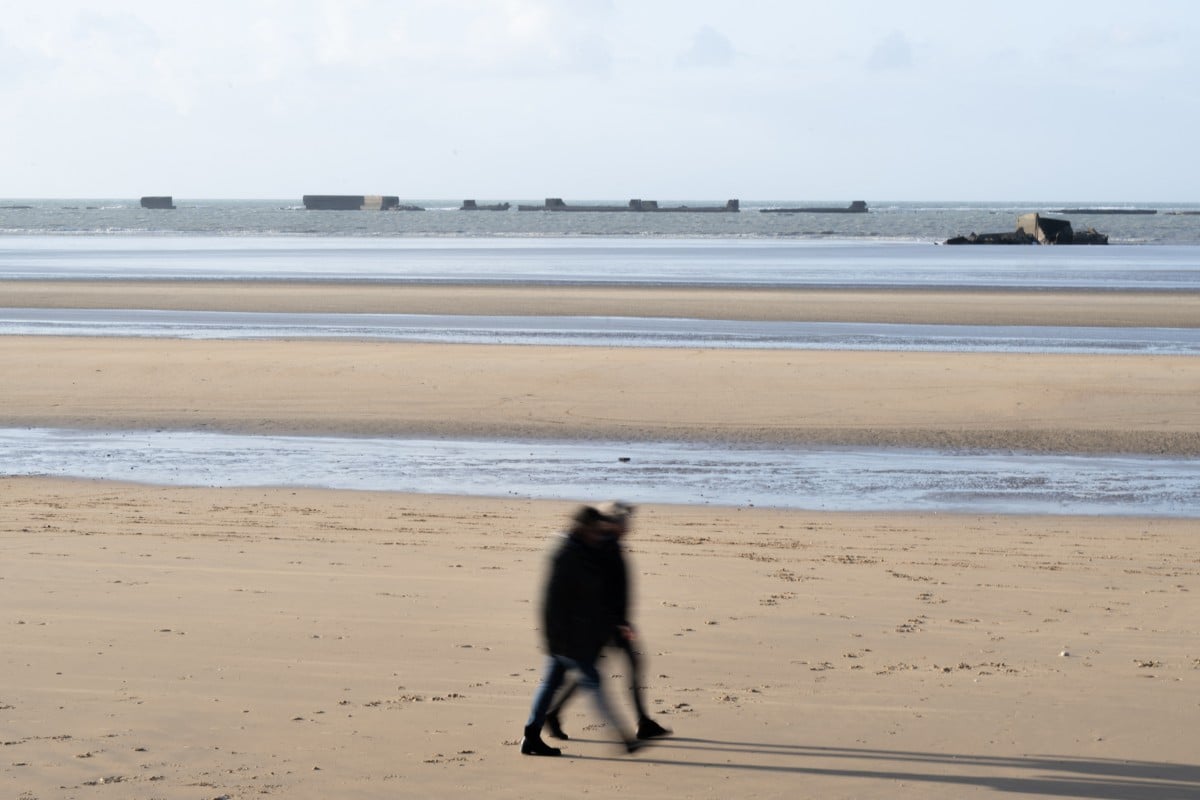The accident happened on Saturday on the Argentiere Glacier, one of the Mont Blanc mountain range’s biggest glaciers, falling within the Auvergne-Rhone-Alpes region.
The Mont Blanc, on the French-Italian border, is western Europe’s highest mountain at 4,800 metres (nearly 16,000 feet) and attracts 20,000 hikers and skiers every year.
The 45-year old was found buried under the snow, and rescue services arrived too late to save her.
Police have ordered an investigation of the accident and an autopsy.
READ ALSO: France, Italy or Switzerland – which country is Mont Blanc in?
The two other hikers were unharmed, authorities said.
The Mont Blanc’s popularity poses a growing security and environmental challenge, local officials have warned.
Warmer temperatures in recent years have melted permafrost, raising the risk of rock falls on the most popular routes.
In August, authorities closed down two popular mountain shelters used by Mont Blanc climbers because of potentially deadly drought-related rockfalls.
Melting snow is also believed to help trigger avalanches.
READ MORE:




 Please whitelist us to continue reading.
Please whitelist us to continue reading.
Member comments